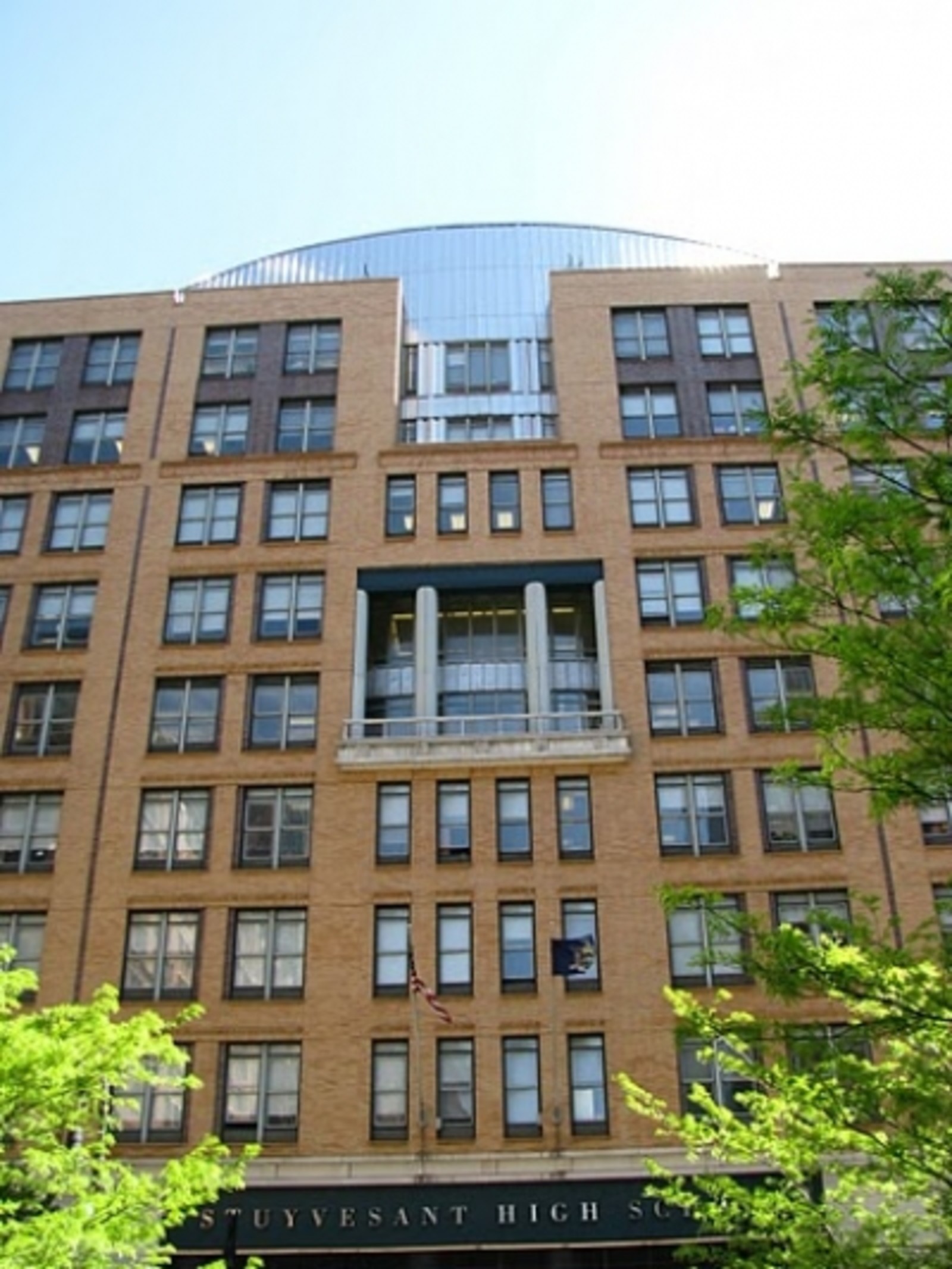DOE to curtail specialized prep course?

A 16-month prep course designed to help low-income middle school students prepare for the city's elite specialized high schools will be cut nearly in half from 16 months to three beginning in 2012, sources tell Insideschools. The program is falling victim to "budget constraints" which will "change the structure" of the Specialized High School Institute, according to a letter written by a lawyer from the city's law department and obtained by Insideschools. Eligible students would begin the intensive SHSI program in the spring of 7th grade, rather than the summer after 6th grade, according to the proposed changes. (It was unclear exactly how many months the newly restructured program would last.)
The SHSI course was originally set up in 1995 with the goal of increasing the number of black and Latino youngsters at the specialized high schools by giving them better preparation for the Specialized High School Admissions Test (SHSAT). The program traditionally meets for five weeks in the summer between 6th and 7th and 7th and 8th grade and then twice a week during the school year until the test is taken in the fall of 8th grade.
But it hasn't worked as originally planned. The number of black and Hispanic youth represented at the specialized high schools, always low, has declined even furtherin the past few years, while the number of Asian students has increased. And, after a 2007 lawsuit charged that low-income Asian and white students were unfairly discriminated against in admission to the SHSI -- having to meet income guidelines that black and Hispanic students did not -- the Department of Education changed the rules to give equal access to all students.
The number of Asian students enrolled in the SHSI program rose from 156 in 2009 to 421 in 2011 while the number of black enrollees fell from 260 to 227 and the number of Hispanic students plummeted from 414 to 209, according to data published by GothamSchools. The number of white students enrolled increased only slightly, from 49 in 2009 to 57 in 2011. Of the participants who actually took the test, 18% of black 8th-graders were offered a seat in one of the eight specialized high schools in 2011, as compared to 20% of Hispanics, 39% of whites and 62% of Asians. (According to an ethnic breakdown of all test-takers in 2011, only 4% of black students got offers, 6% of Hispanics, as compared to 35% of Asian students, and 30% of whites. The ethnicity was unknown for 24% of students.)
Although details have yet to be finalized, the DOE plan outlined in the letter would curtail significantly the amount of time students spend in the Institute. In 2012 eligible students would begin classes in the spring semester of 7th grade, instead of the summer after 6th grade. Changes would not affect students already enrolled in SHSI and admissions criteria would remain the same.
When notified of the proposed changes to the SSHI, Stanley Ng, a Brooklyn parent who filed the 2007 lawsuit against the DOE, said: "It's a shame that the high-performing, free lunch Title 1 kids cannot be given a break."
Students invited to attend the program must meet economic and academic guidelines: They must be eligible for free lunch, have good attendance, and test at Level 3 or 4 on state exams. Since there are more eligible children than there are slots in some areas of the city, the DOE conducts a lottery to determine who may attend. There are 10 sites around the city and more than 2000 offers are made each year.
A DOE spokesperson said the Department could not comment on plans that have not been finalized and that the recruitment calendar has not been set.
(post updated by author 4:50 p.m. & 7 p.m.)
Please Post Comments